Regular honey or manuka honey
Honey has been widely considered a powerful natural medicine for our daily health, and it is also a big business due to the various health benefits found in bee pollen and in the sweet golden nectar of honey itself. A part from medicinal benefits, honey is also used as a natural sweetener for replacing processed sugar and artificial sweeteners. Since people can find a plentiful supply of different types of honey in the market, some may feel confused about choosing honey with high quality.
There are many types of honey with medicinal properties, some of which can be found here, however there is none that equals manuka honey. According to the report from BBC: “Most honey is believed to have some bacteria killing properties because it contains chemicals that produce hydrogen peroxide. However, in 1991 a study from the Honey Research Unit in New Zealand showed that when you remove the hydrogen peroxide from a range of honeys, manuka was the only type that kept its ability to kill bacteria. This is due to the presence of a unique ingredient, now identified as methylglyoxal, which has specific antimicrobial properties.”
Does manuka honey really provide health benefits?What is so unique about Manuka honey? To quench your thirst, we will discuss this further in this article.
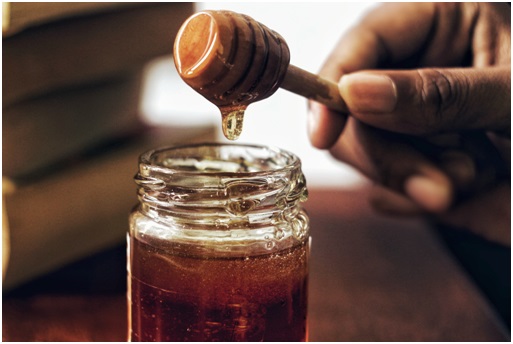
What is manuka honey and its UMF grading system
Manuka honey is a type of honey produced from the nectar of the manuka tree, which is native to New Zealand. Although manuka honey is commonly sold in shops, it has not been applied as a remedy for a long time. Now, it is known for its health benefits such as antibacterial and anti-inflammatory effects. Additionally, research suggests that the honey can also help heal wounds, provide energy and boost immune system. As a result, you may find that Manuka honey usually carries a higher price tag than normal honey. However, when you buy Manuka honey, have you ever noticed that what the number printed on the package means? Actually, it is a quality mark under UMF grading system.
Unique Manuka Factor (UMF), is a rating system developed by the UMF Honey Association, who grants UMF licenses to the manufacturers that meet the requirements. There are a number of brands in the world are using this system to show consumers their premium quality with the endorsement from the UMF HoneyAssociation. Through rigorous tests, the association can prove the honey is authentic Manuka honey originated from New Zealand, and they make a commitment to customers about the quality of the products. According to UMF Associate, the graphic below indicates two components should be express on qualified UMF honey product.
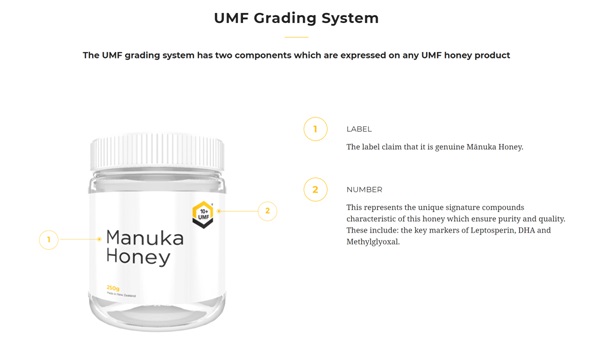
What does the number mean
It is not hard to identify the quality of the honey with UMF grading system. When you go shopping either online or on the shelf of local shop, you can pay attention to the package of the product which indicates a number written in a conspicuous place. The numbers could be 10+, 15+ or any other numbers between 5+ and 26+ in a unique label claiming that it is genuine Manuka Honey. 5+ represents a low grade and 26+ indicates superior high grade. And more specifically, anything above 5+ is a monofloral Manuka honey that is collected from Manuka flower. Three unique signature compounds are measured in this standard, including the key markers of Leptosperin, DHA and Mythylglyoxal.
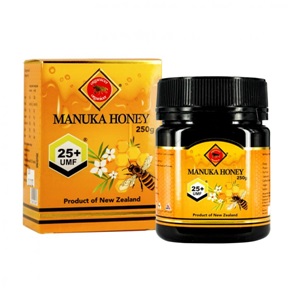
What is MGO grading system
Some of you may feel confused when talking about the UMF numbers since you may have come across another rating system with different numbers. Actually, it is MGO rating system. MGO stands for “Methylglyoxal”, which is a chemical compound found in Manuka honey we have mentioned above. This is a unique compound that have anti-bacterial effects and the grading system tests the Methylglyoxal contained in the Manuka honey. It shows the anti-bacterial strength of the product and higher number suggests higher quality just as UMF rating system does. The numbers rated is from 83 to 1800, which is different from UMF obviously.
UMF VS. MGO
Both rating systems are used to differentiate products that are genuine Manuka honey from other products and trusted standards to measure the signature compounds. Different manufacturers choose different standards and there is nothing wrong about it, because it is just about different measurements. They are both precise and reliable system and either can help customers identify premium Manuka honey in the market. Here are the comparison table for your reference:
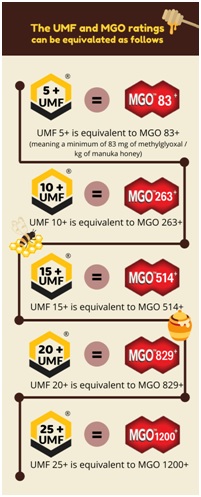
Conclusion
Since there are so many brands of manuka honey in the market, it is hard to tell which one to pick, but please remember to choose a trustworthy brand that has license granted by UMF Honey Association, and you can refer to its UMF number based on your needs.

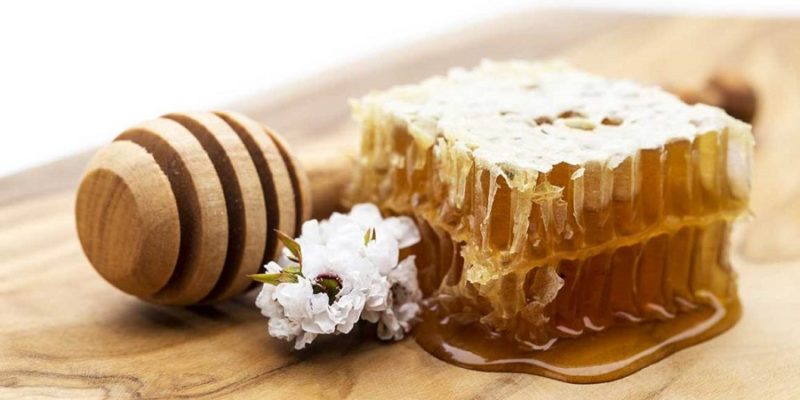






Comments